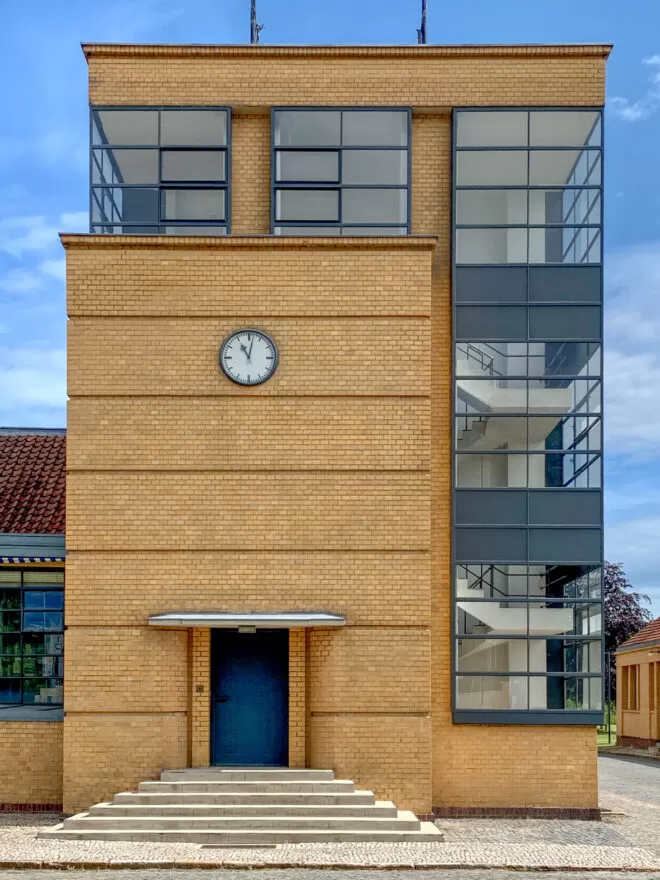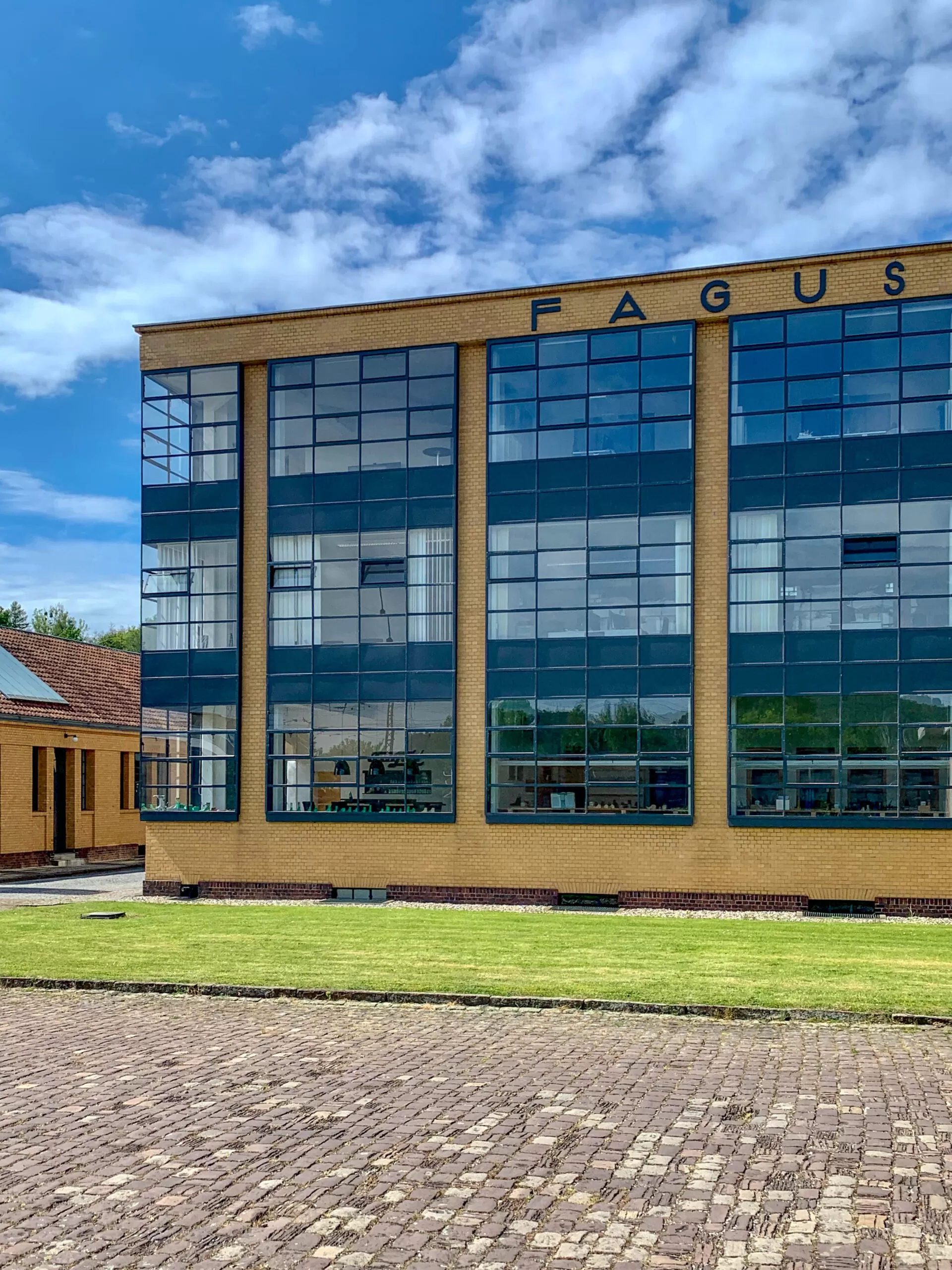
Fagus Factory, 1911-1915. Architects: Walter Gropius, Adolf Meyer. Photo: Daniela Christmann
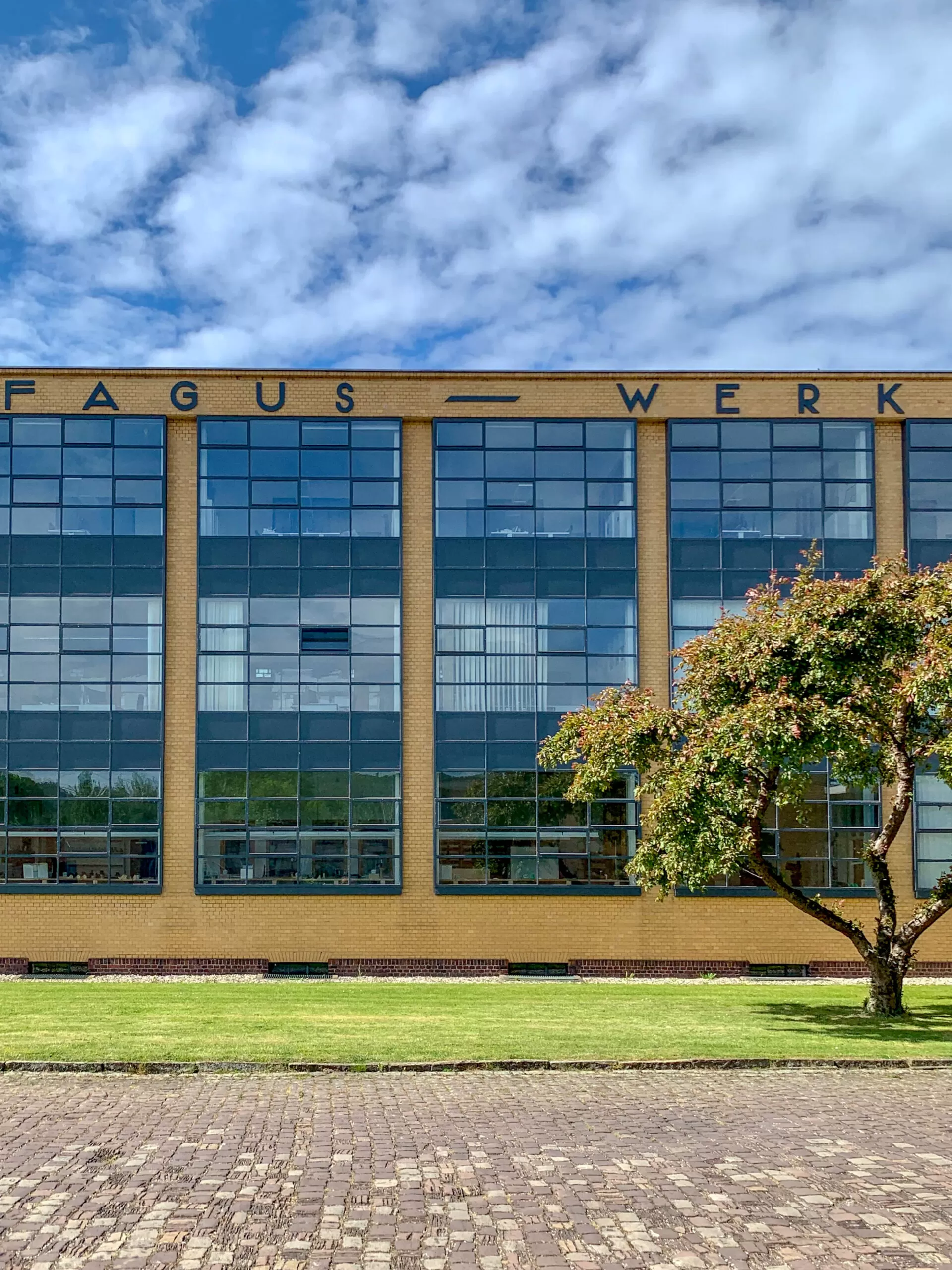
Fagus Factory, 1911-1915. Architects: Walter Gropius, Adolf Meyer. Photo: Daniela Christmann
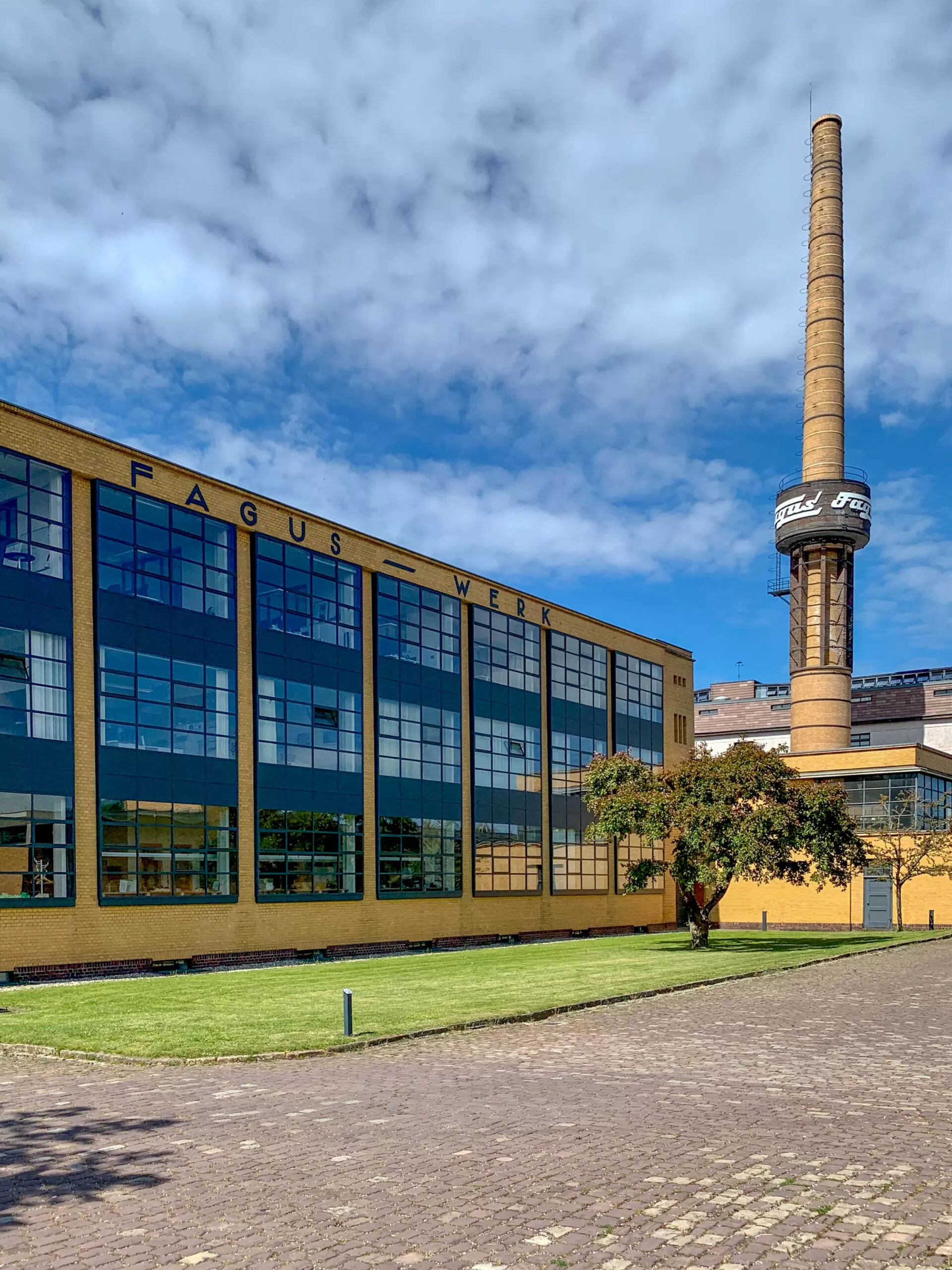
Fagus Factory, 1911-1915. Architects: Walter Gropius, Adolf Meyer. Photo: Daniela Christmann
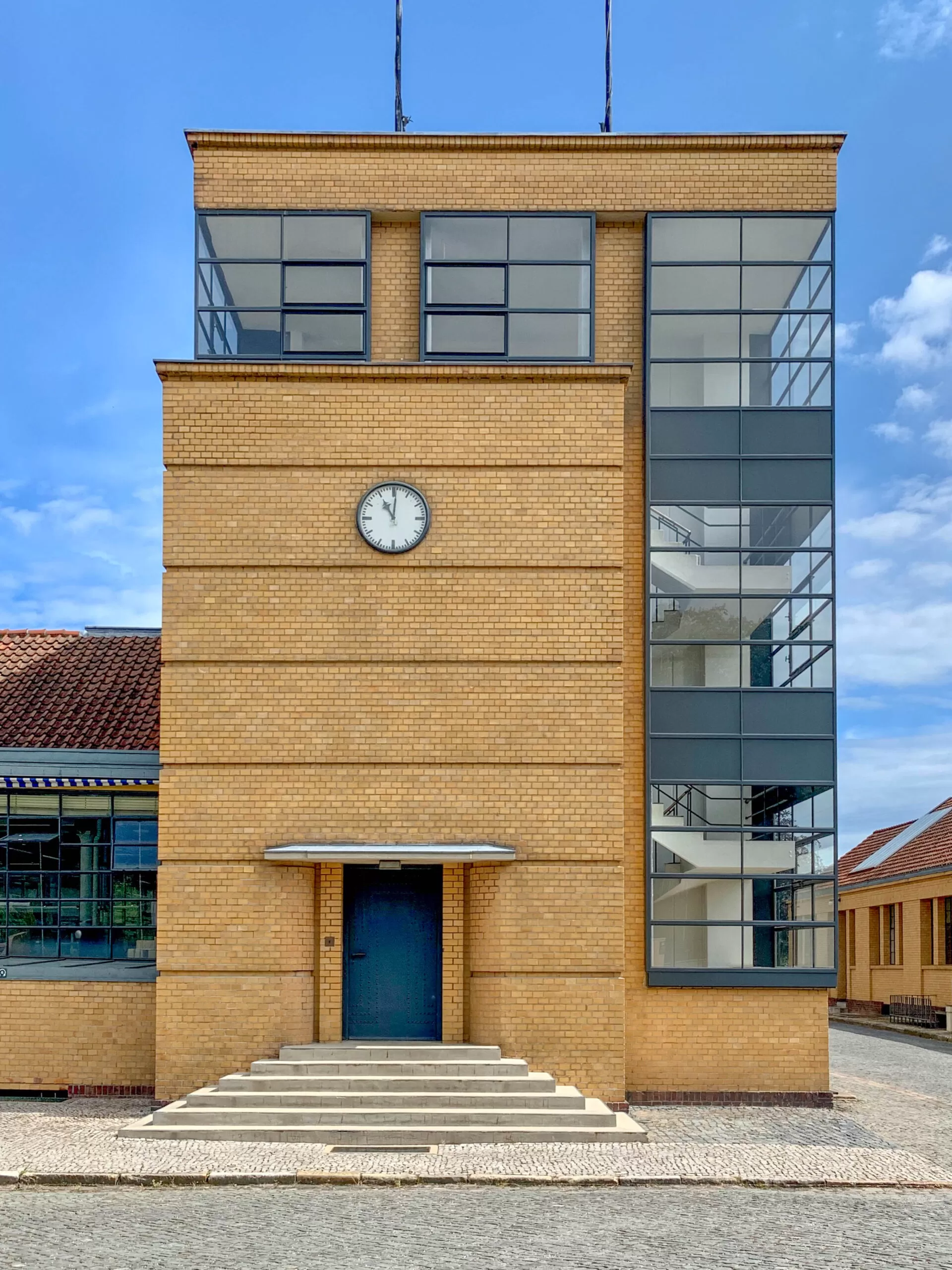
Fagus Factory, 1911-1915. Architects: Walter Gropius, Adolf Meyer. Photo: Daniela Christmann
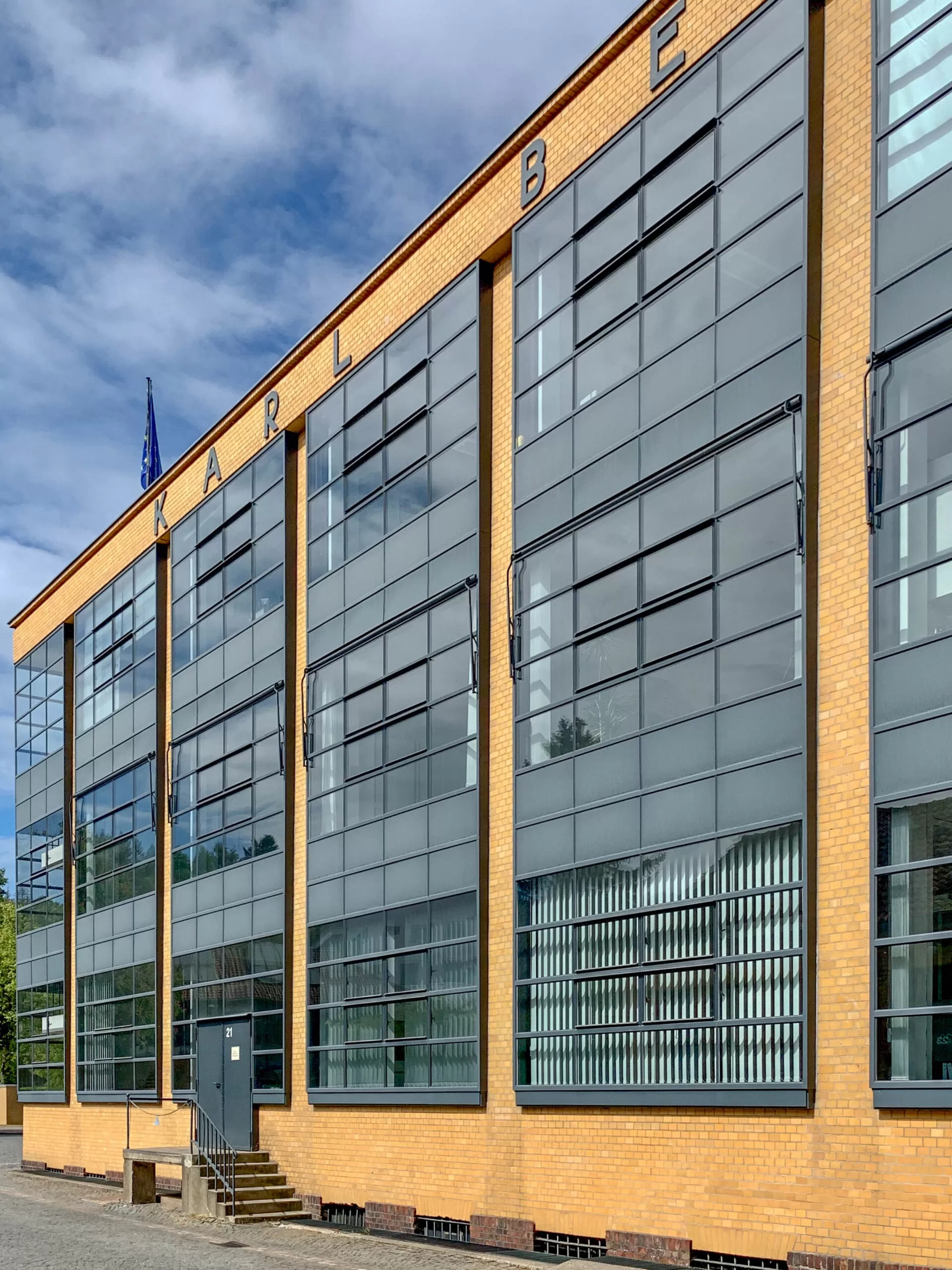
Fagus Factory, 1911-1915. Architects: Walter Gropius, Adolf Meyer. Photo: Daniela Christmann
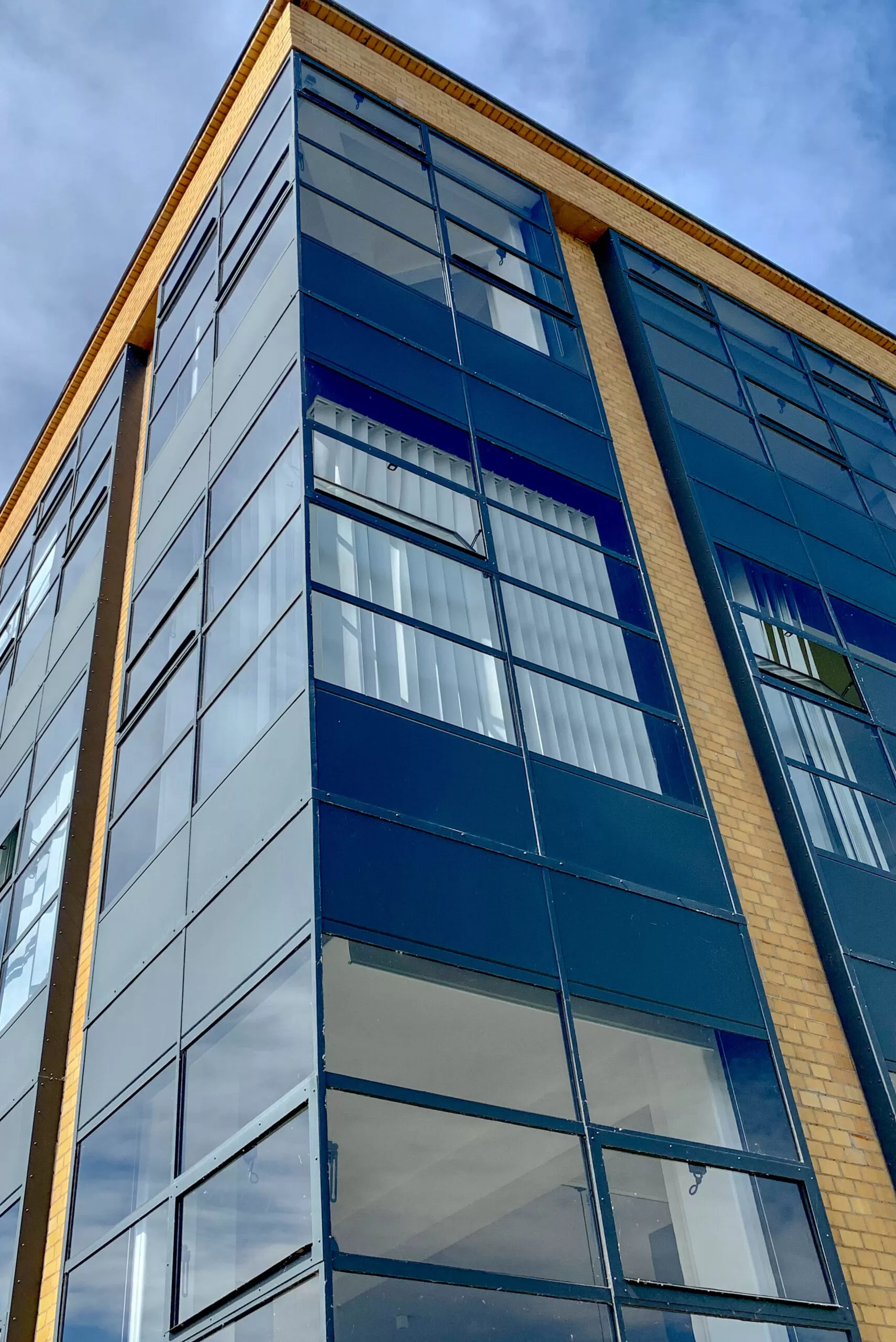
Fagus Factory, 1911-1915. Architects: Walter Gropius, Adolf Meyer. Photo: Daniela Christmann
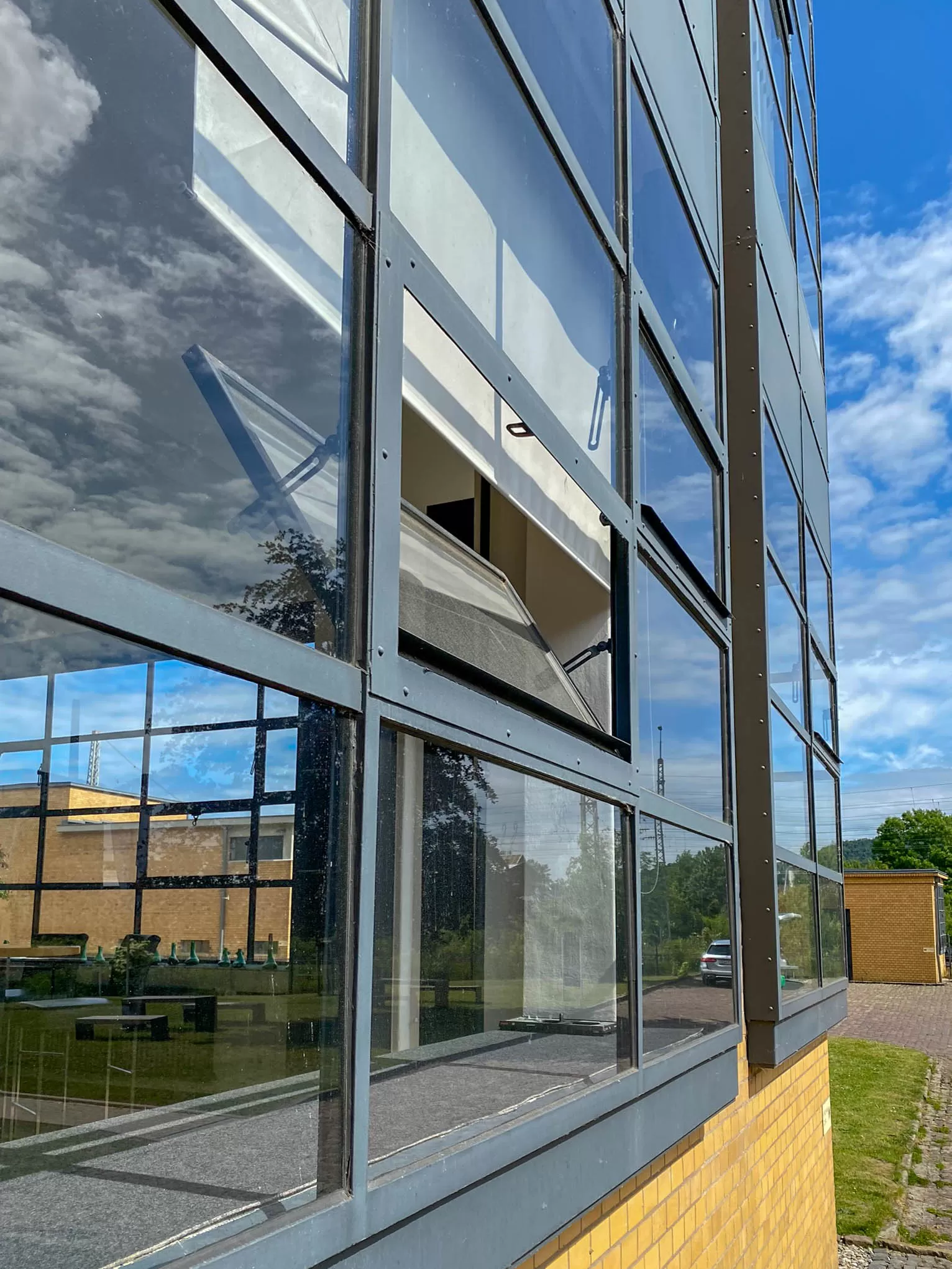
Fagus Factory, 1911-1915. Architects: Walter Gropius, Adolf Meyer. Photo: Daniela Christmann
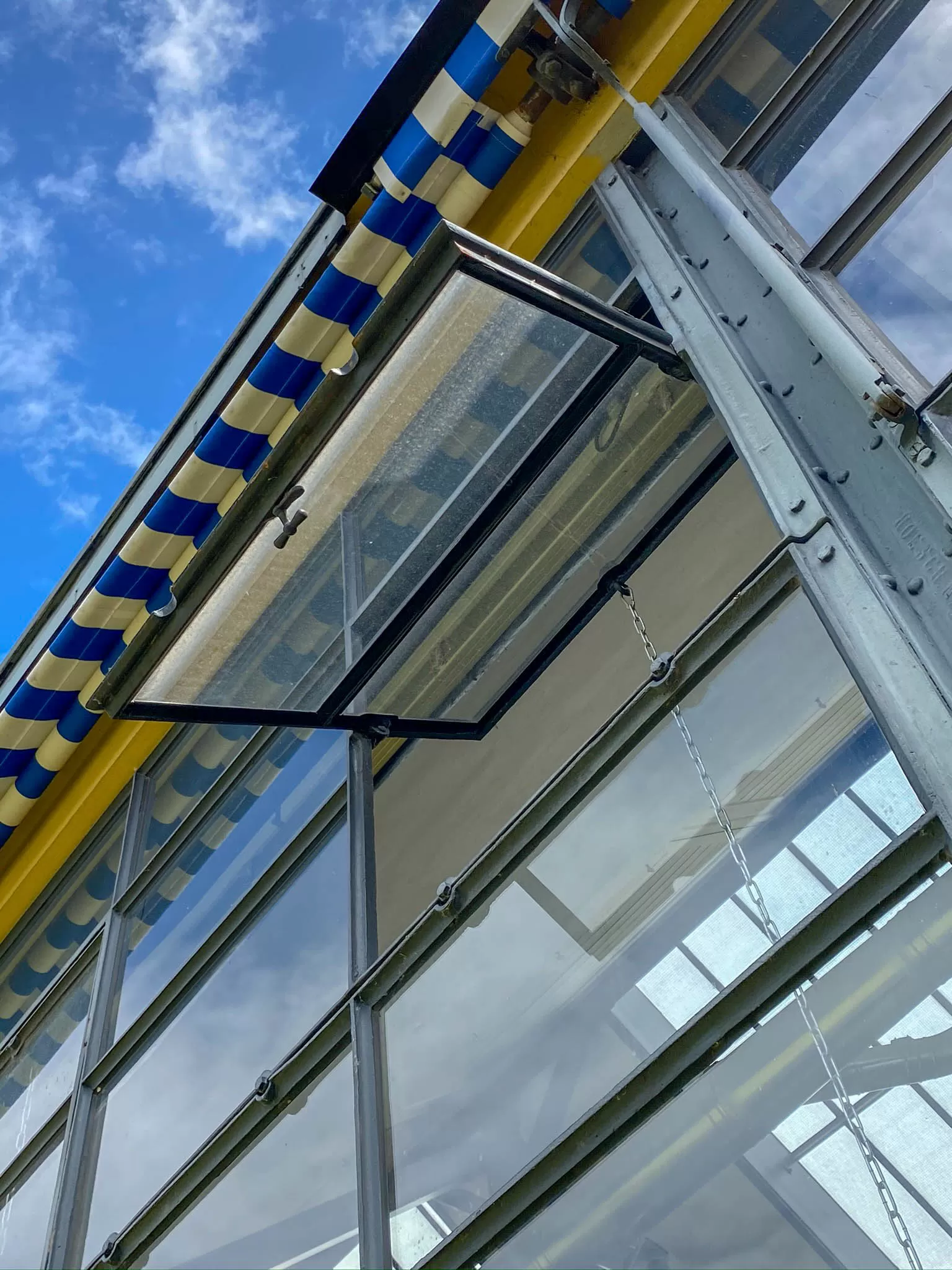
Fagus Factory, 1911-1915. Architects: Walter Gropius, Adolf Meyer. Photo: Daniela Christmann
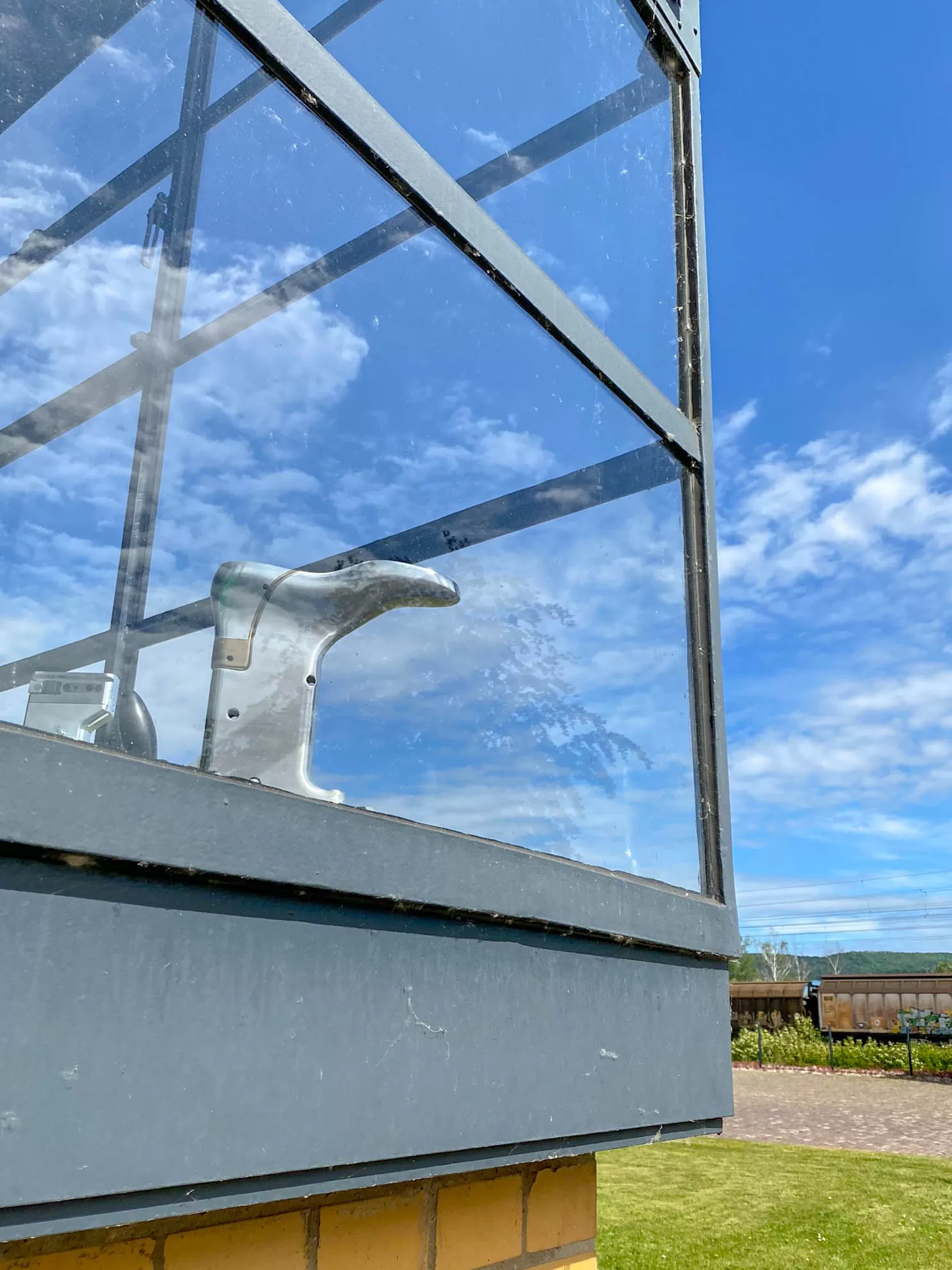
Fagus Factory, 1911-1915. Architects: Walter Gropius, Adolf Meyer. Photo: Daniela Christmann
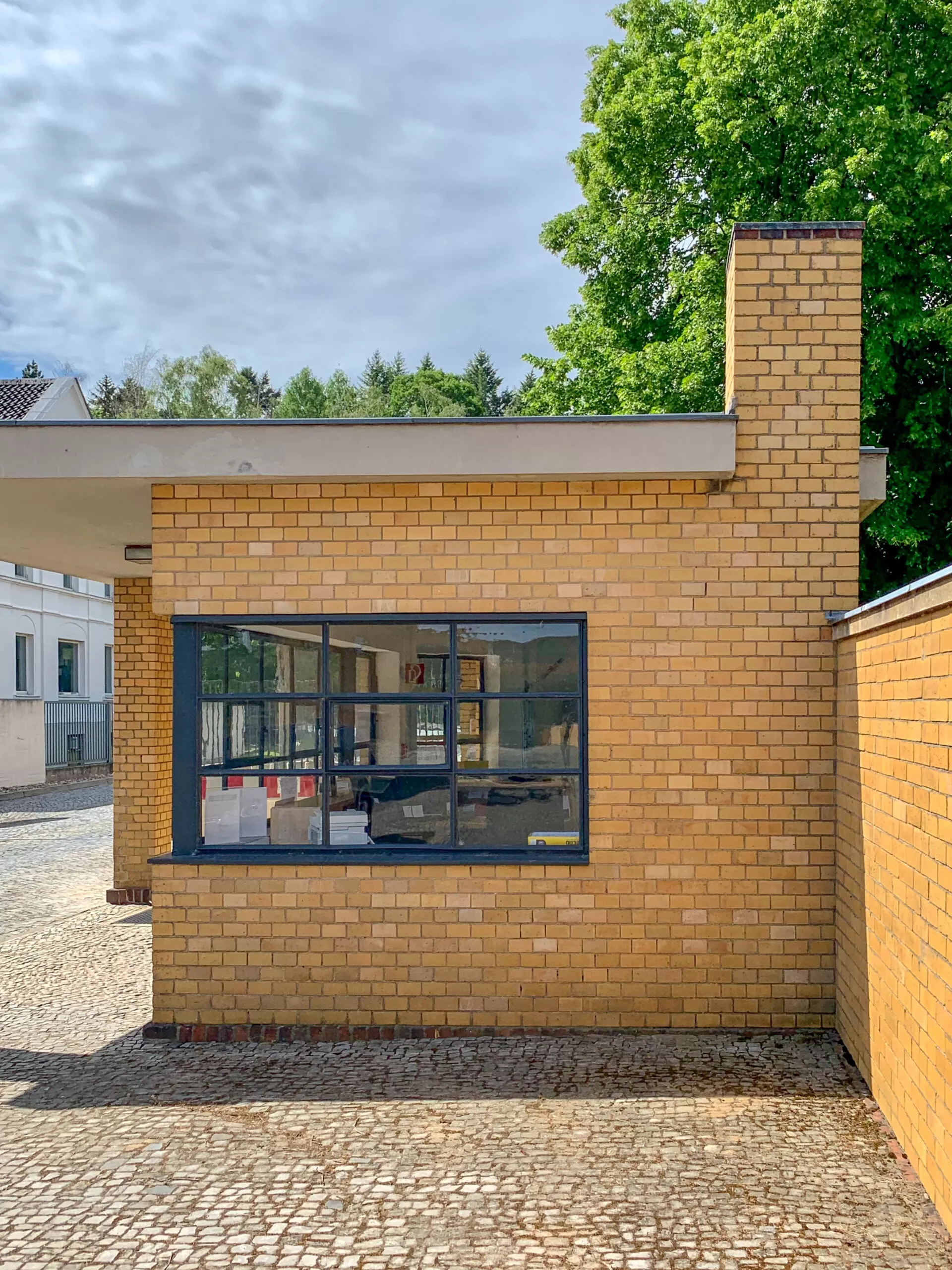
Fagus Factory, 1911-1915. Architects: Walter Gropius, Adolf Meyer. Photo: Daniela Christmann
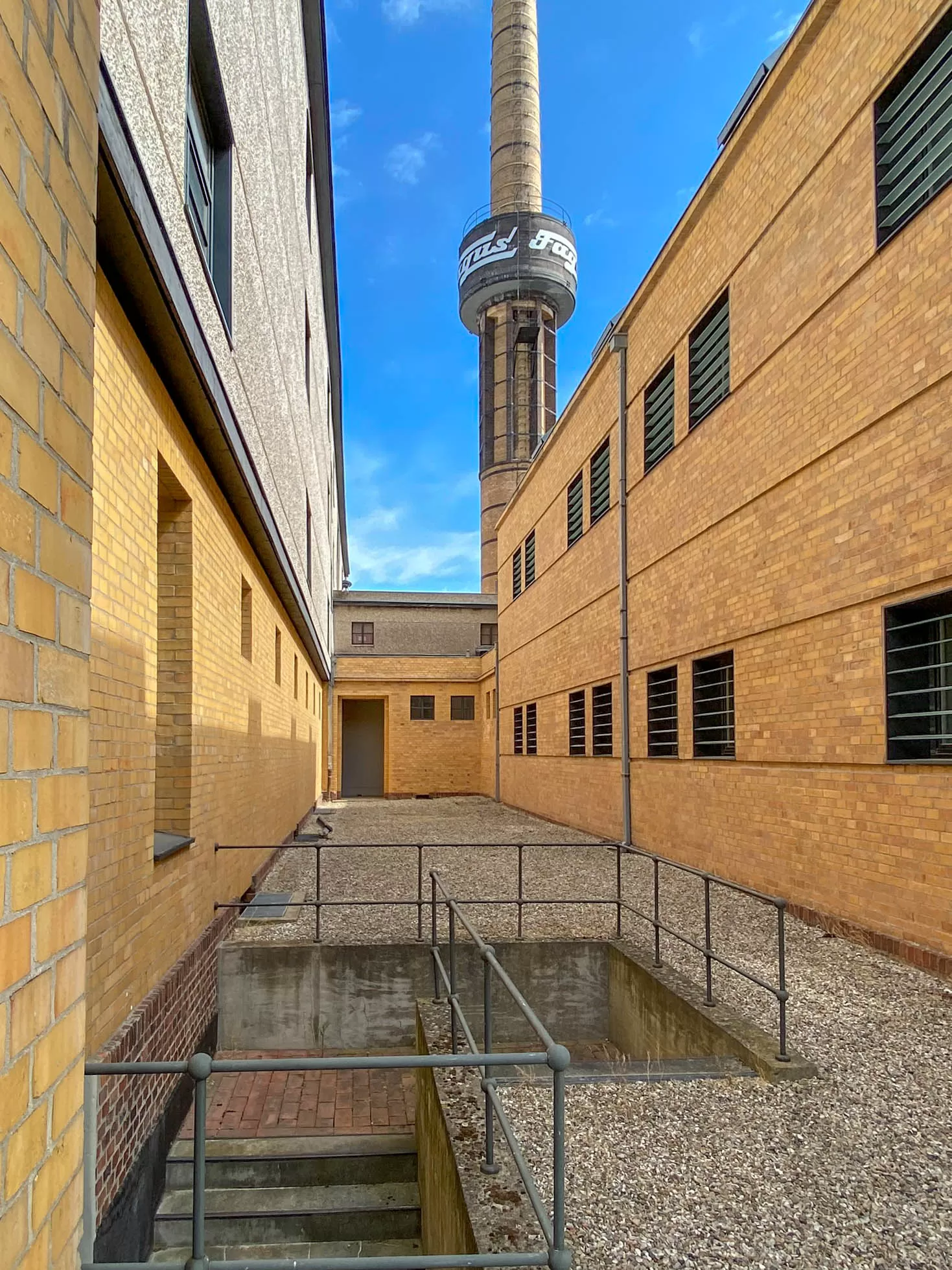
Fagus Factory, 1911-1915. Architects: Walter Gropius, Adolf Meyer. Photo: Daniela Christmann
1911 – 1915
Architects: Walter Gropius, Adolf Meyer
Hannoversche Straße 58, Alfeld (Leine), Germany
The listed Fagus Factory (fagus sylvatica, Latin: beech; beech wood is the raw material for the production of shoe lasts) was built from 1911 as a shoe last and punching knife factory according to plans by Walter Gropius and Adolf Meyer.
Background
The company`s innovative founder Carl Benscheidt was not impressed with an existing design by architect Eduard Werner and commissioned Gropius to design the facades.
Gropius had previously written hundreds of letters to companies soliciting construction contracts.
While the ground plan of Werner’s original design was largely maintained, the structure of glass, steel and brick were designed by Gropius, as well as the transparent corners of the building were radical and unusual at the time.
Factory Building
At the center of the factory complex is the main building, built in yellow brick, with its striking entrance area and extensive glass facade spanning three stories.
The glazed corners are designed without supports. This was made possible by a steel-reinforced construction in the roof area.
The glass façade of the main building is not completely suspended in front of the supporting structure, but is held in place by regularly arranged, slightly sloped brick piers.
Interiors
The design of the staircase and interior also originates from the Gropius office.
Both are largely preserved in their original condition.
Since the foundation of the company, the factory has been continuously producing, in addition to Fagus shoe lasts, measuring and fire protection systems.
Restoration and World Heritage Status
The entire factory was completely restored between the years 1982 and 2002.
In 2011, the Fagus Factory was included in the UNESCO World Heritage List.
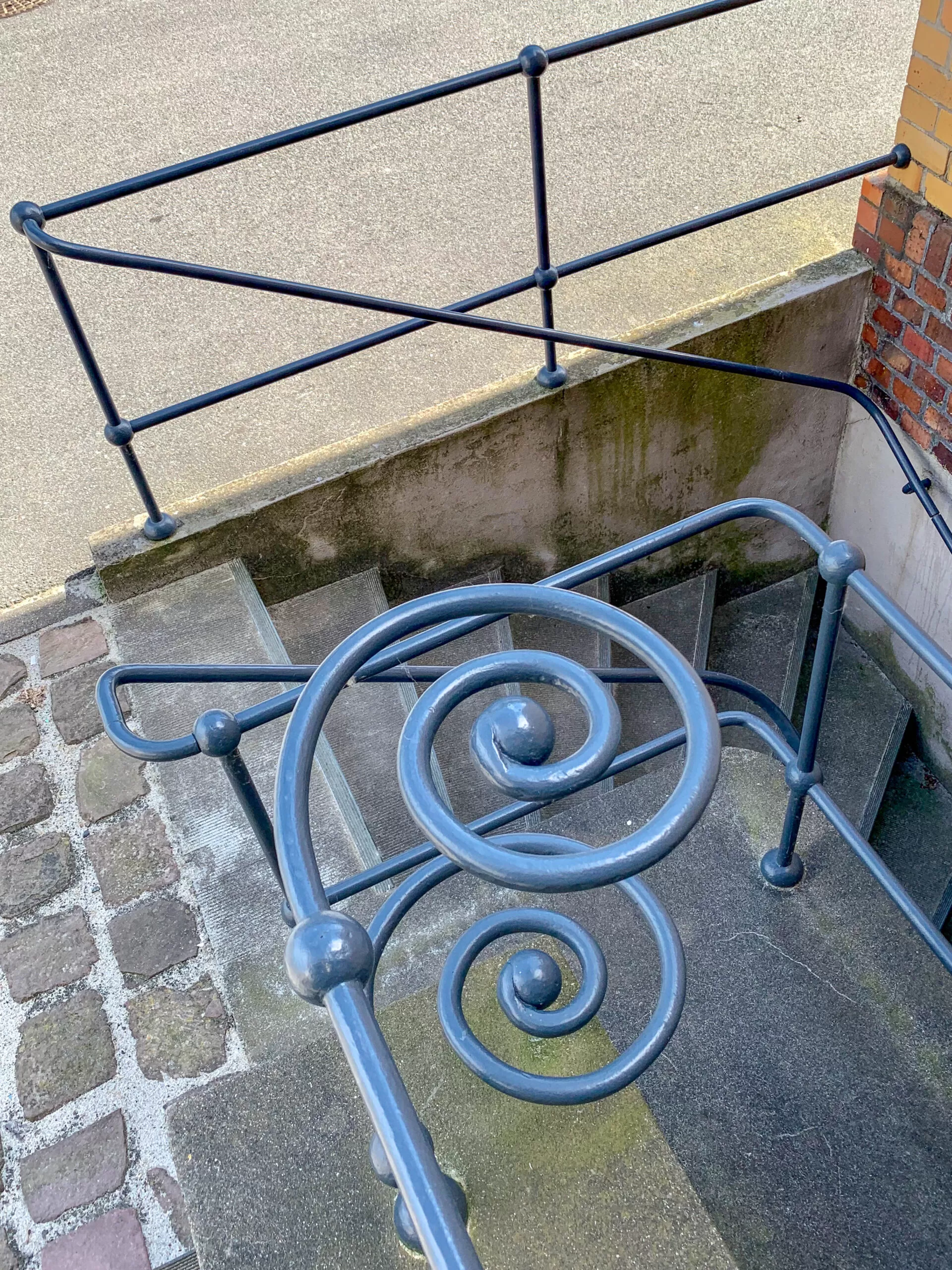
Fagus Factory, 1911-1915. Architects: Walter Gropius, Adolf Meyer. Photo: Daniela Christmann
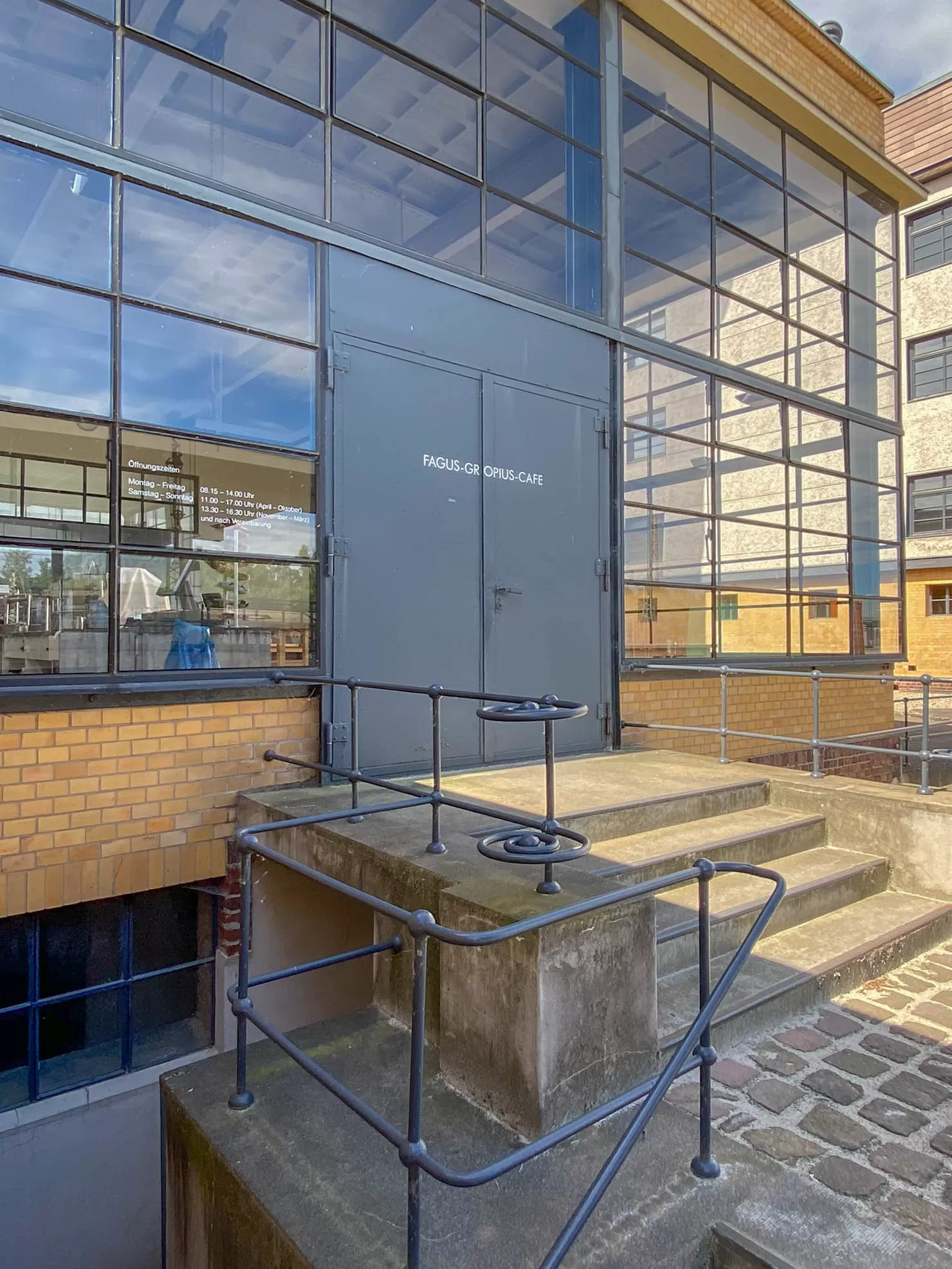
Fagus Factory, 1911-1915. Architects: Walter Gropius, Adolf Meyer. Photo: Daniela Christmann
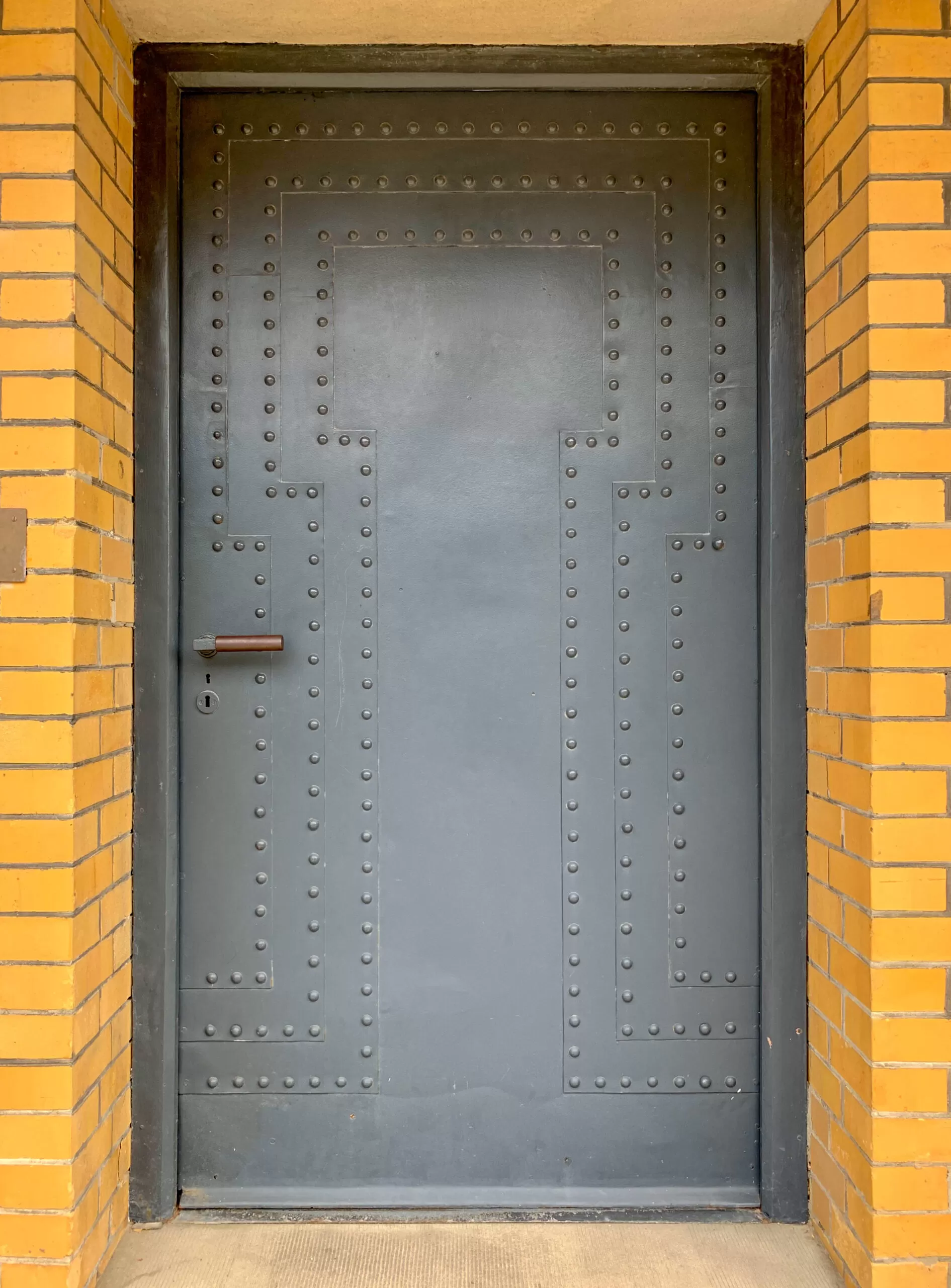
Fagus Factory, 1911-1915. Architects: Walter Gropius, Adolf Meyer. Photo: Daniela Christmann
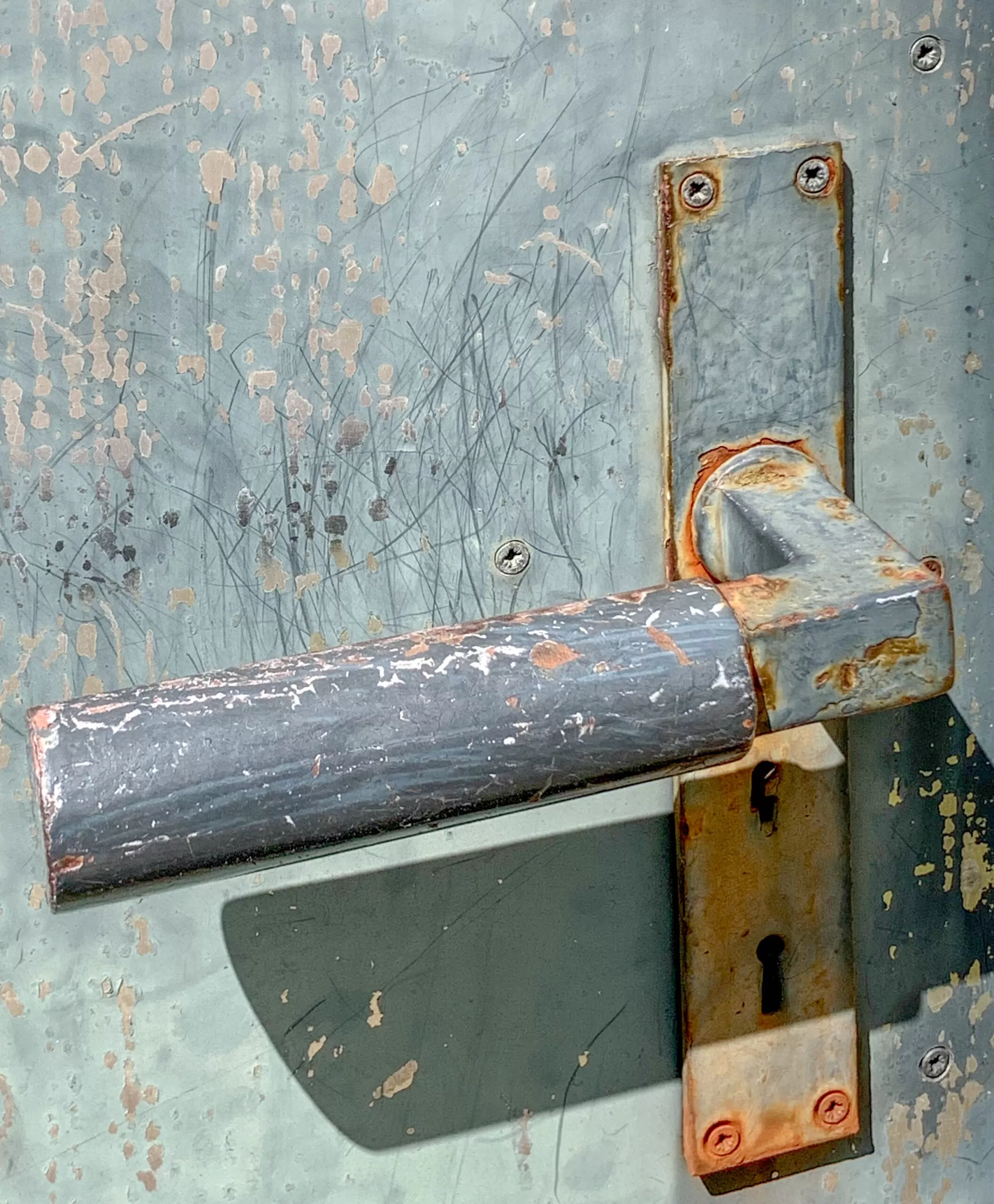
Fagus Factory, 1911-1915. Architects: Walter Gropius, Adolf Meyer. Photo: Daniela Christmann
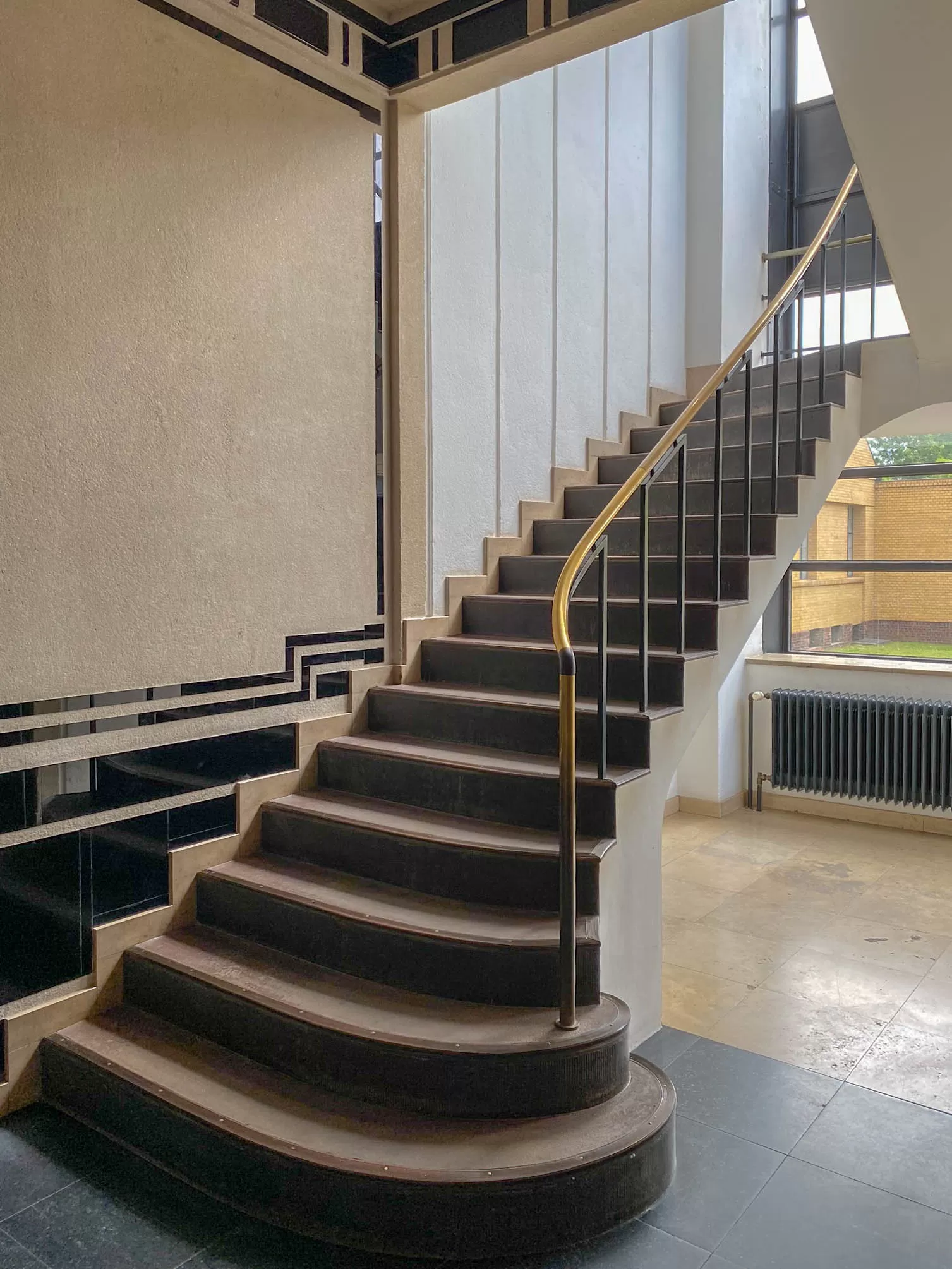
Fagus Factory, 1911-1915. Architects: Walter Gropius, Adolf Meyer. Photo: Daniela Christmann
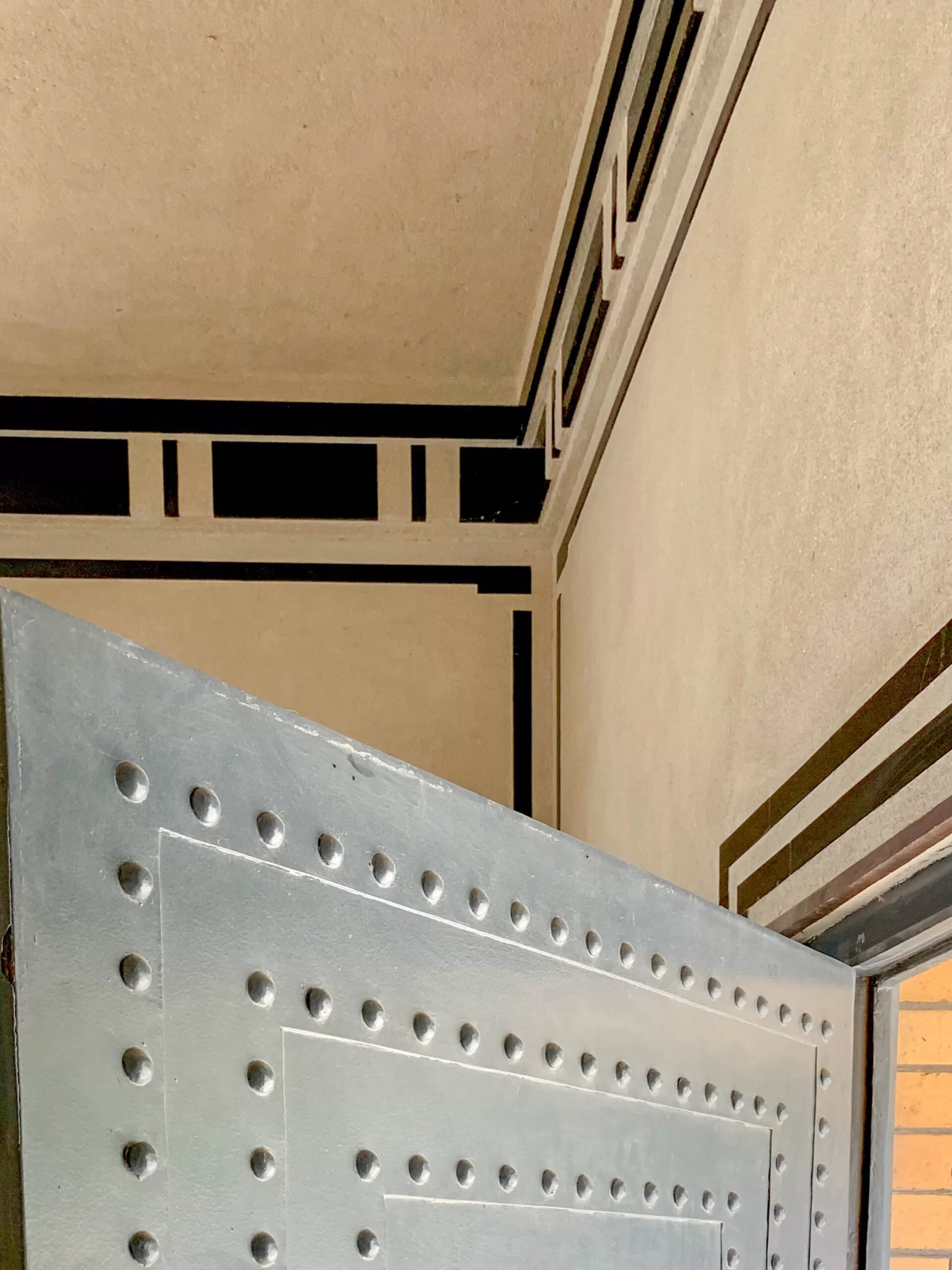
Fagus Factory, 1911-1915. Architects: Walter Gropius, Adolf Meyer. Photo: Daniela Christmann
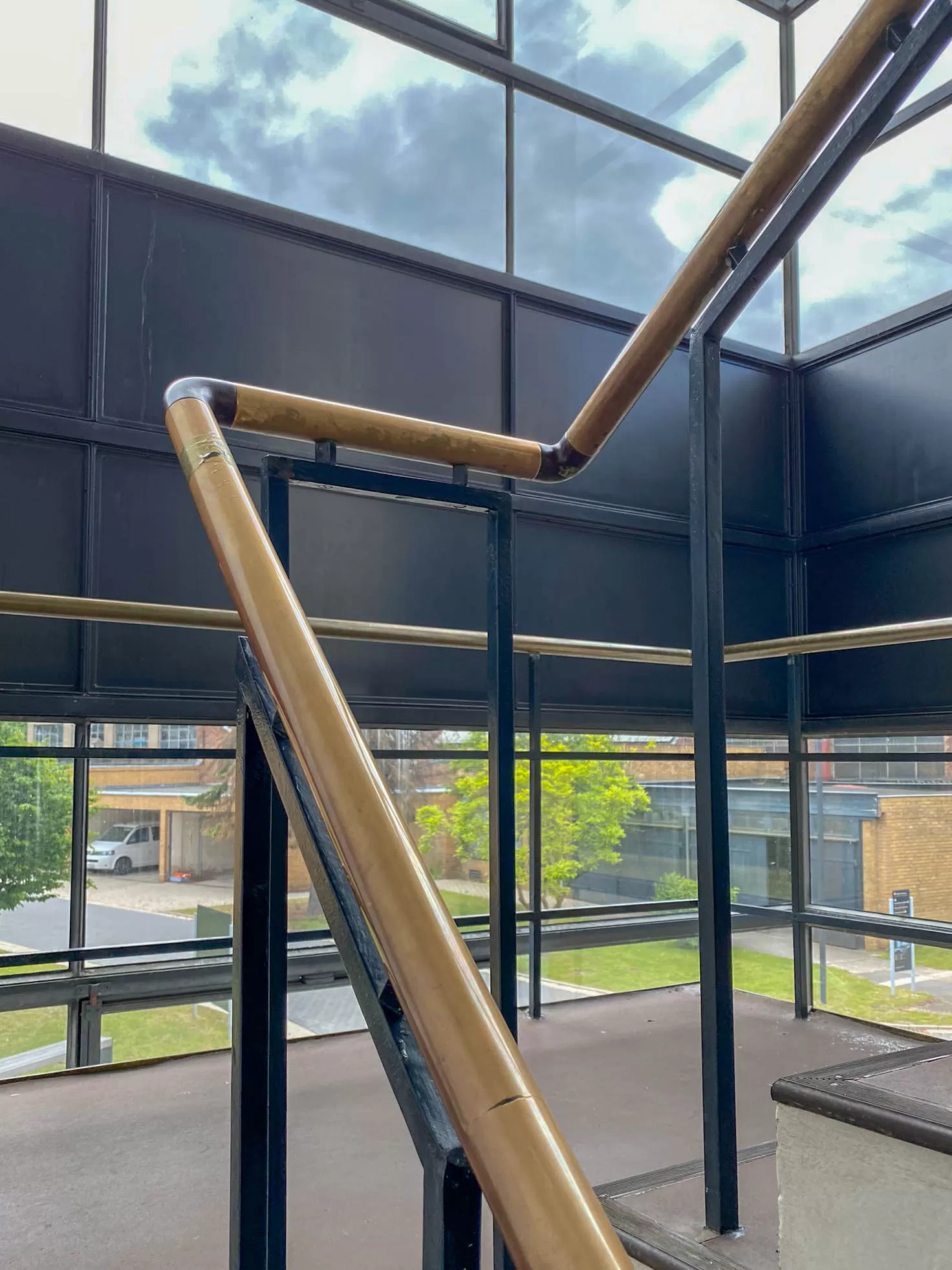
Fagus Factory, 1911-1915. Architects: Walter Gropius, Adolf Meyer. Photo: Daniela Christmann
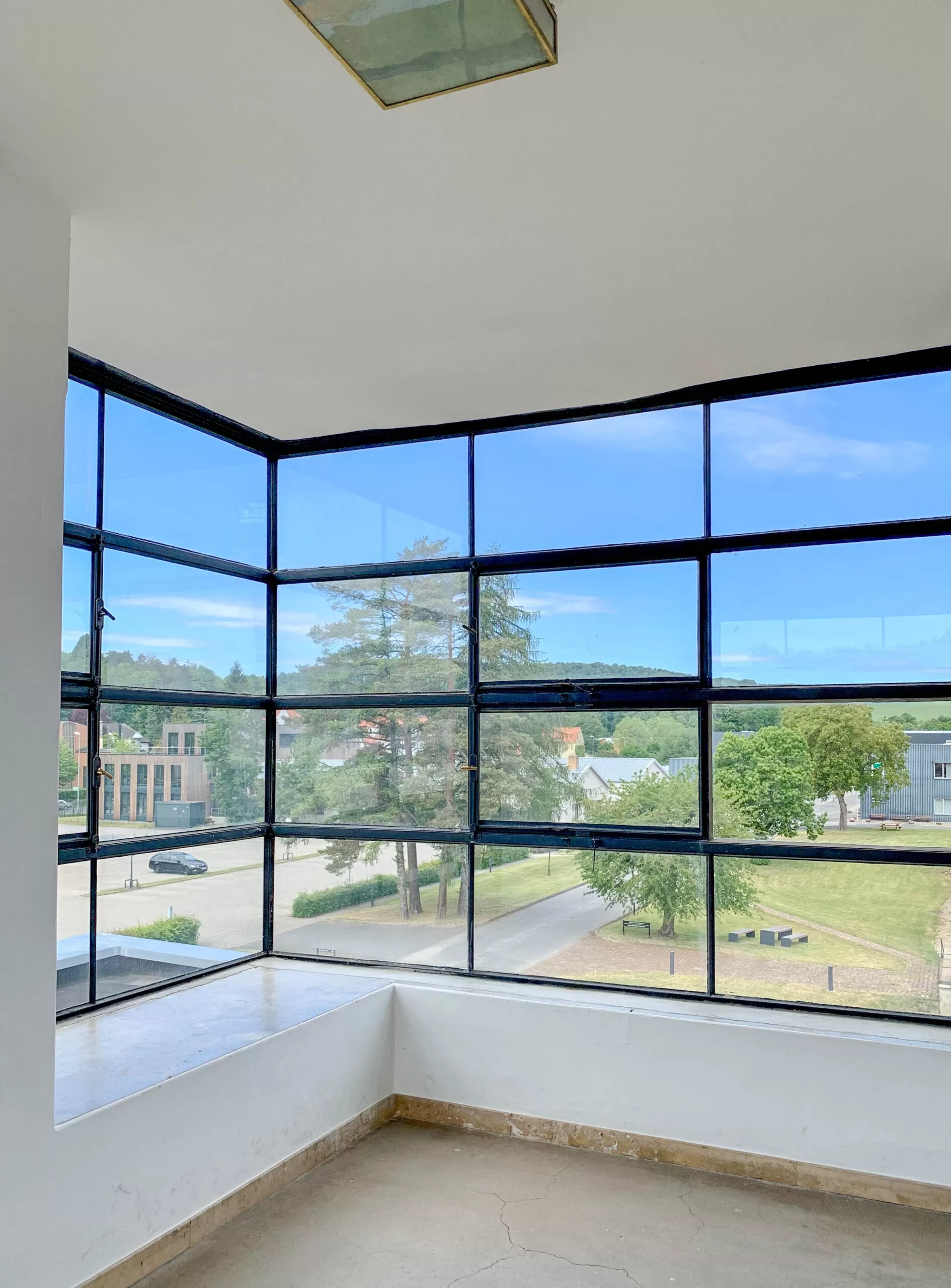
Fagus Factory, 1911-1915. Architects: Walter Gropius, Adolf Meyer. Photo: Daniela Christmann
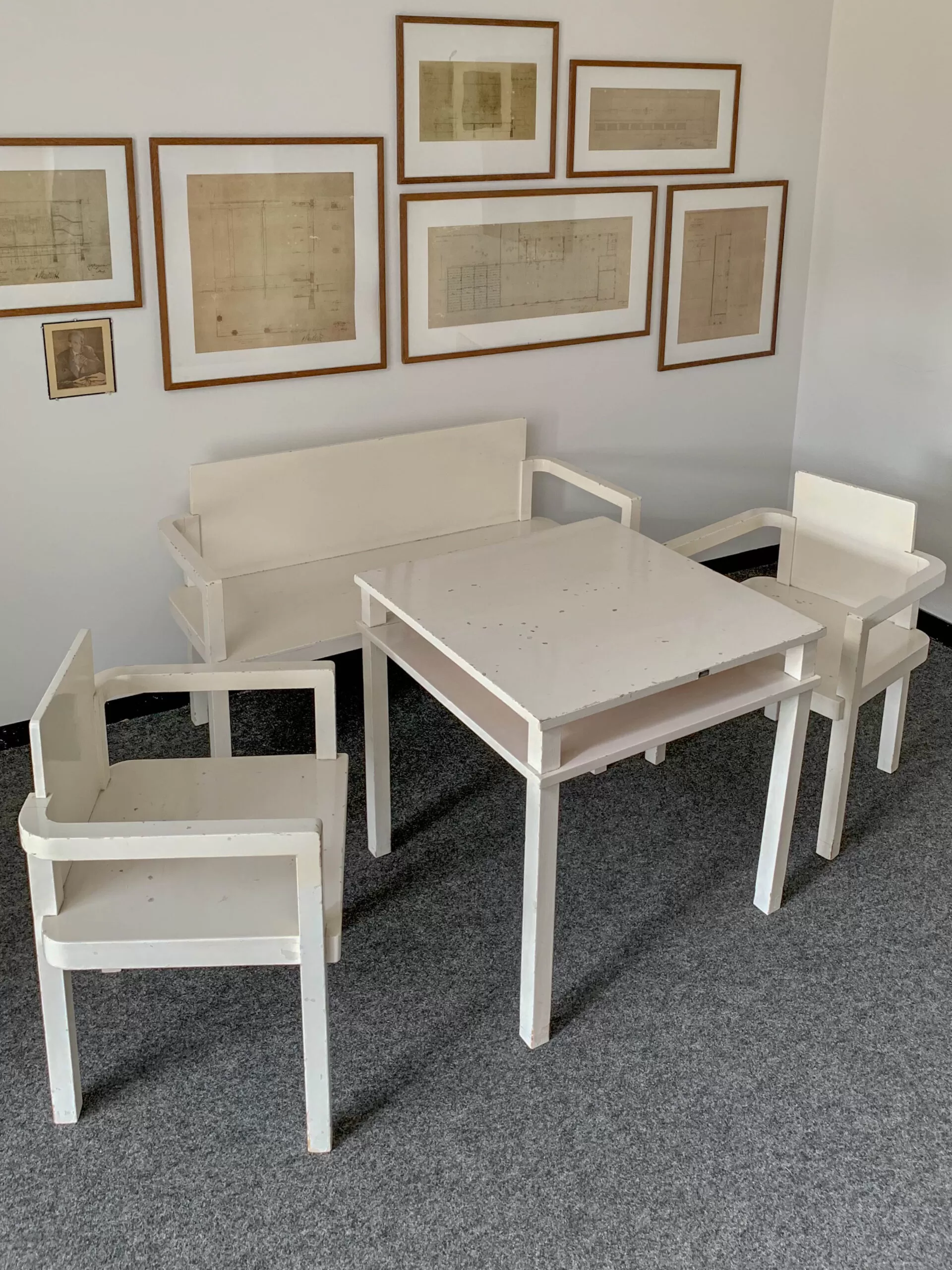
Fagus Factory, 1911-1915. Architects: Walter Gropius, Adolf Meyer. Photo: Daniela Christmann
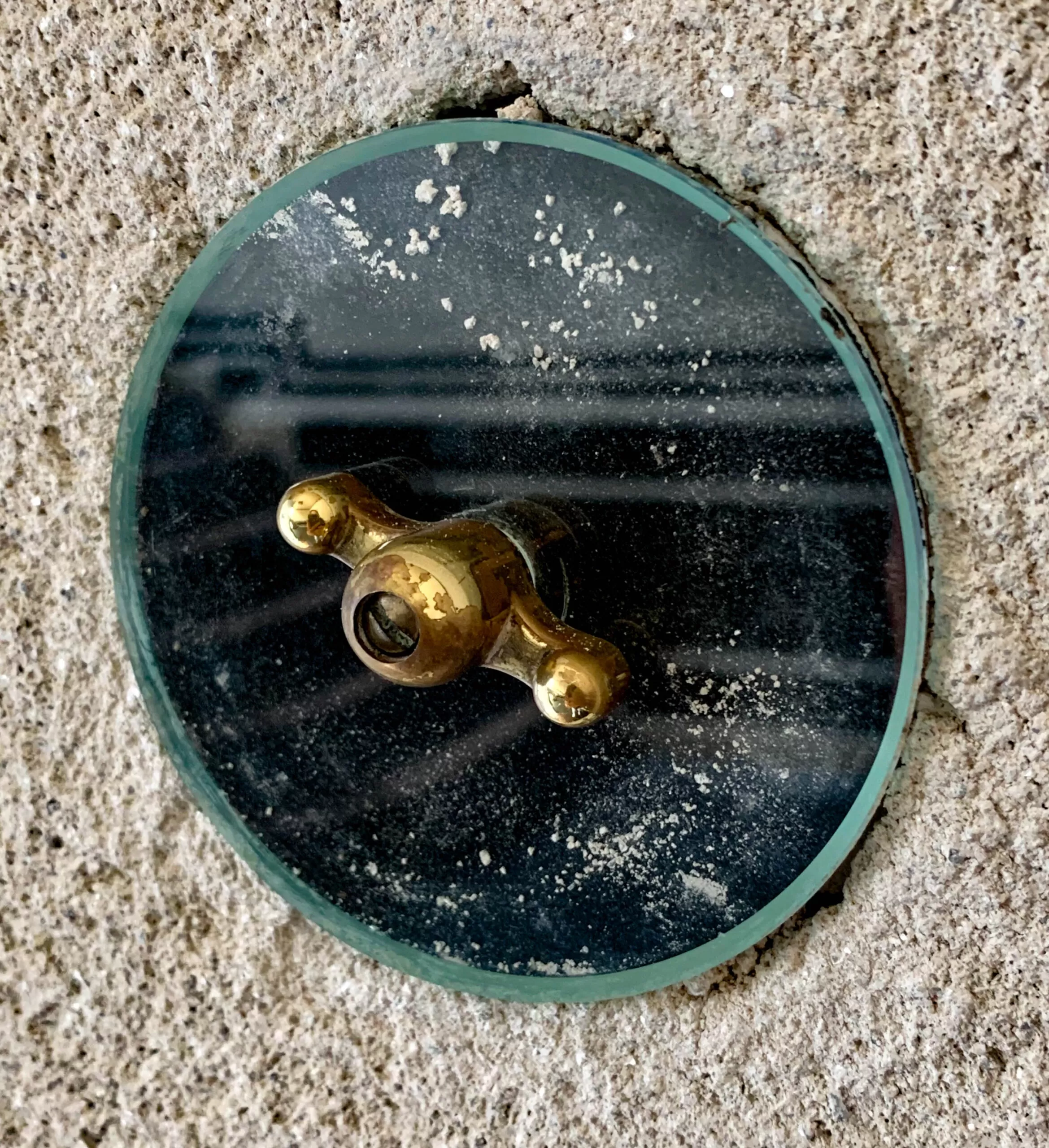
Fagus Factory, 1911-1915. Architects: Walter Gropius, Adolf Meyer. Photo: Daniela Christmann
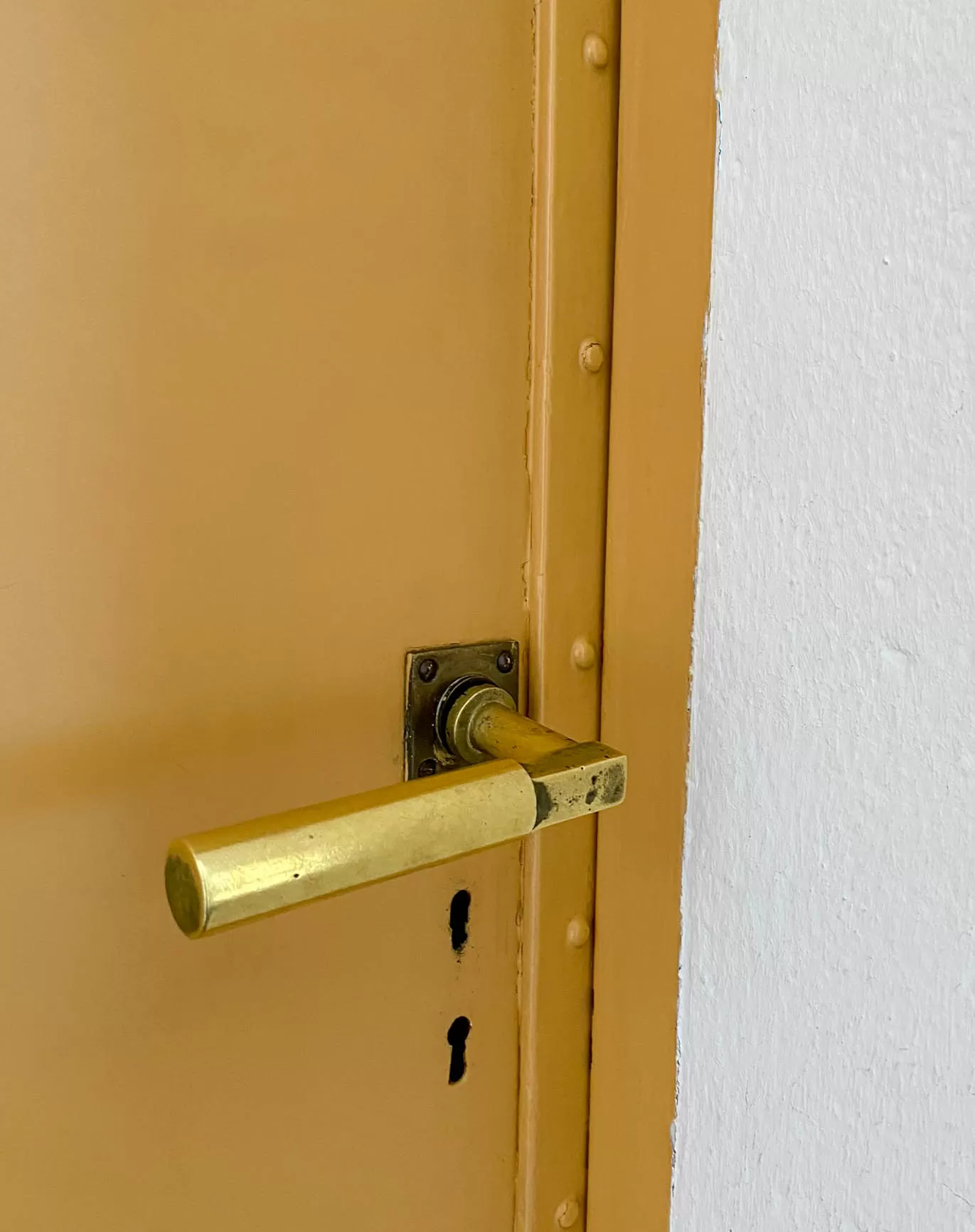
Fagus Factory, 1911-1915. Architects: Walter Gropius, Adolf Meyer. Photo: Daniela Christmann
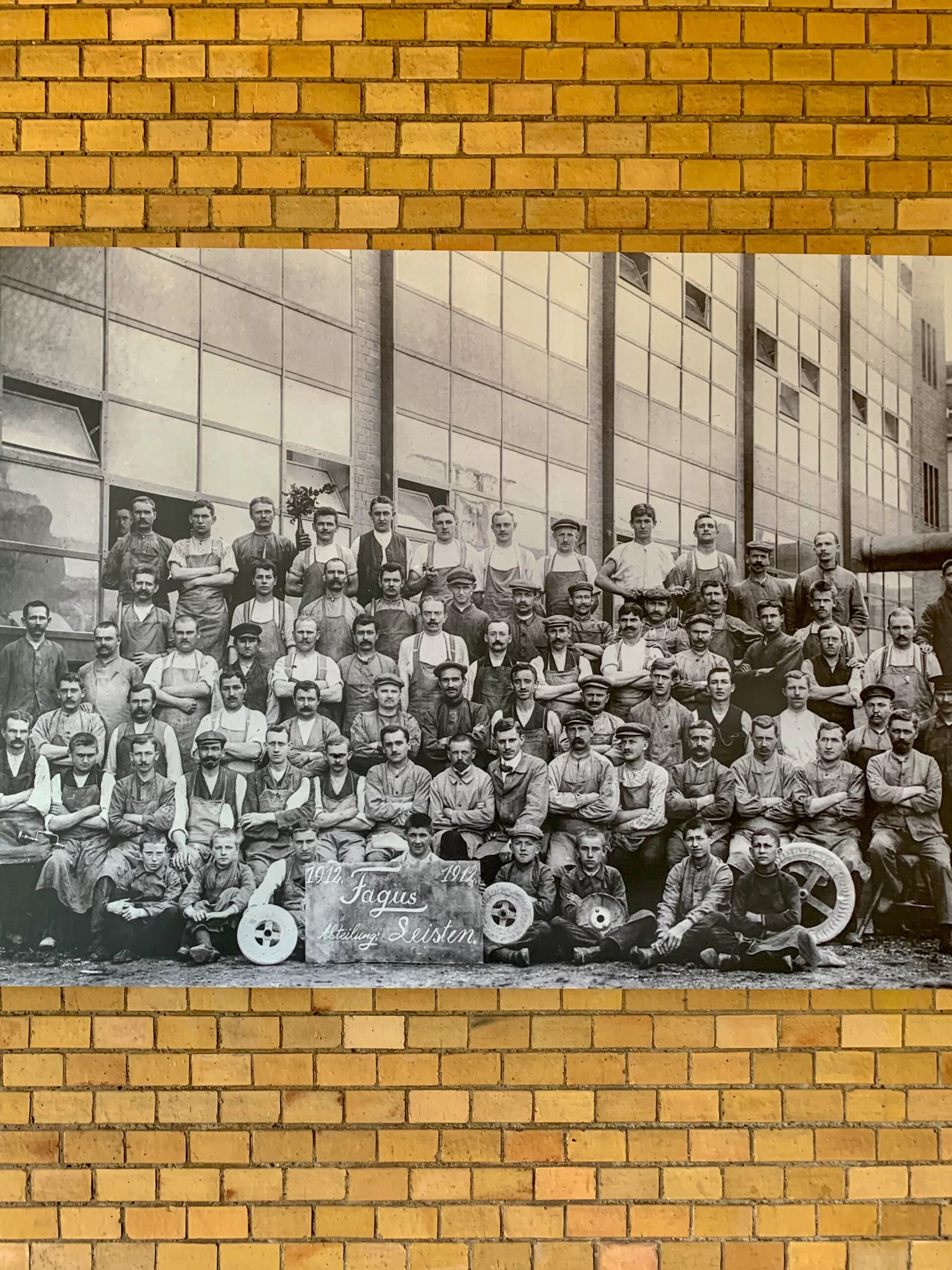
Fagus Factory, 1911-1915. Architects: Walter Gropius, Adolf Meyer. Photo: Daniela Christmann

